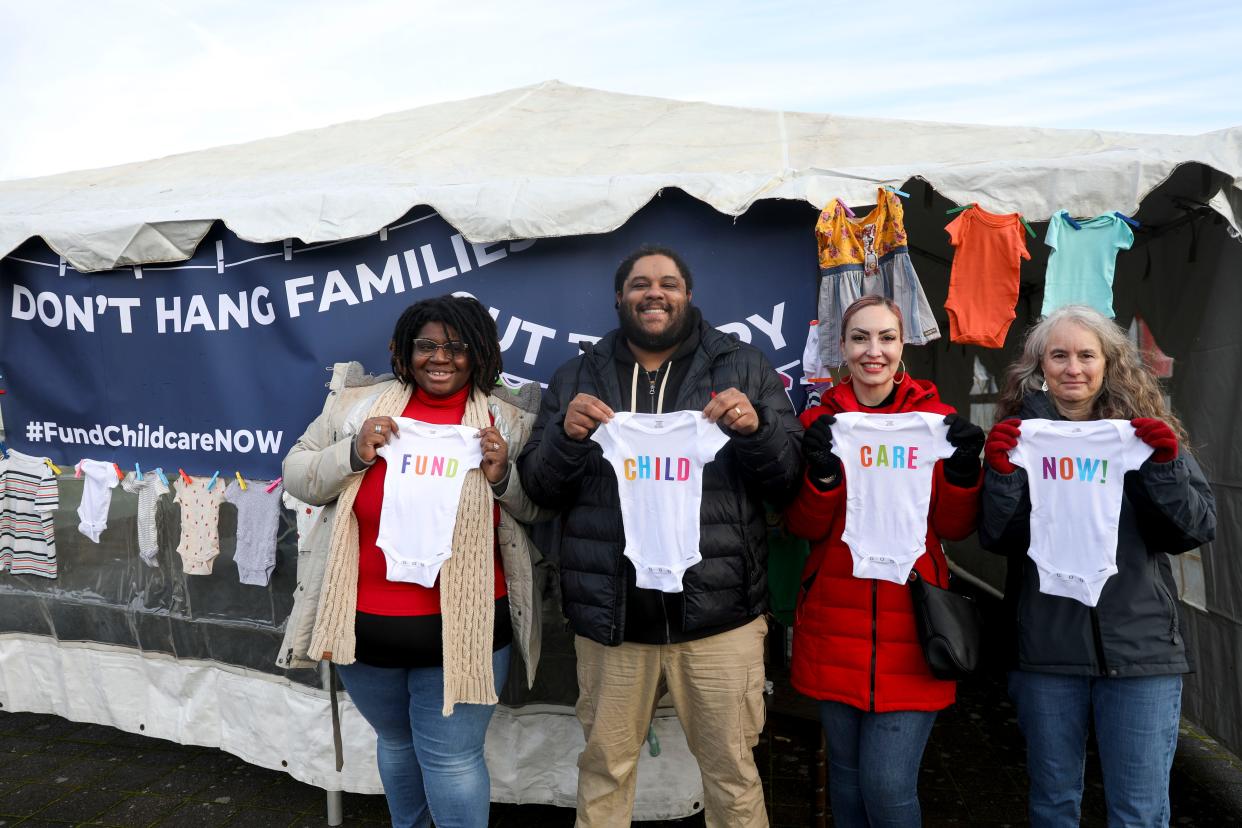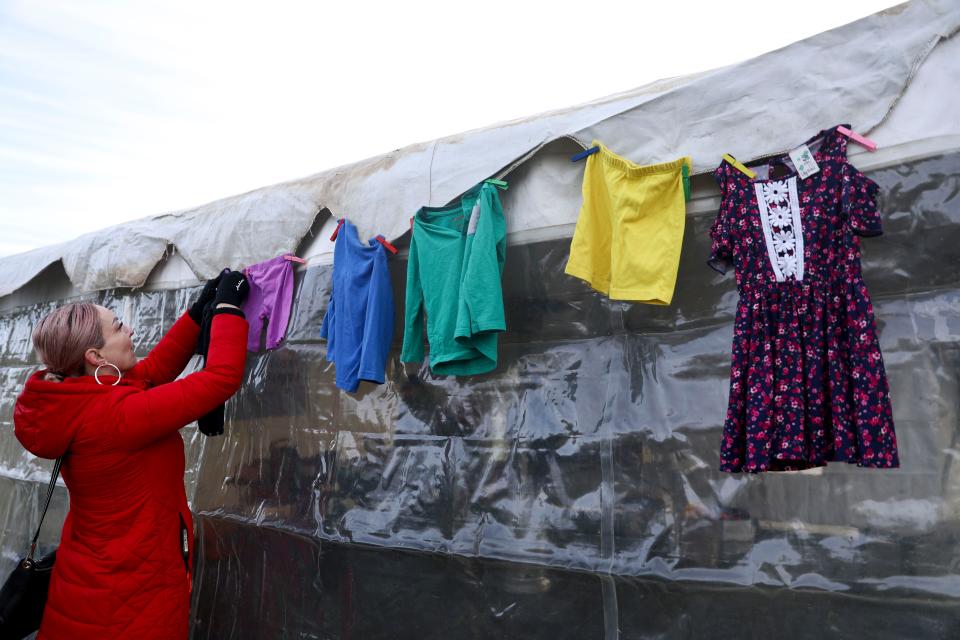Projected shortfall for Oregon's child care subsidy program grows to $99 million

The projected budget shortfall for Oregon's Employment Related Daycare program has expanded to nearly $100 million, the Department of Early Learning and Care told lawmakers Thursday.
The subsidy program makes direct payments to a family’s chosen child care provider. Families in the state earning up to 200% of the federal poverty level are eligible and pay a small copay based on their income to some 4,300 providers who accept ERDC.
The program is meant to help working Oregonians, those attending school and those receiving Temporary Assistance for Needy Families access affordable child care.
In October, the Department of Early Learning and Care projected its budget shortfall for the program was $59 million. But that was assuming no additional families were able to connect to a provider or were determined eligible. Now, they project the shortfall is closer to $99 million. And if the caseload continues to grow at the biennial average, the shortfall could reach $221 million.
In late November Gov. Tina Kotek acknowledged the then-projected $59 million deficit as one of her legislative priorities in addition to $50 million for summer learning.
More than 16,000 families were enrolled in the program as of December 2023.

In early November, the program had to close enrollment and open a waitlist after enrollment increased and funding ran out. Eligibility for the program expanded after the legislature passed additional updates and growth in families enrolled in ERDC occurred as expected. Enrollment grew from 11,500 in June 2023 to 16,108 in December 2023.
"The trends were so unprecedented," program director Alyssa Chatterjee told the Statesman Journal in October.
Lawmakers were told Thursday that program funding hasn't covered ERDC's growth.
Under the current budget, funding will run out to serve those already enrolled before the full biennium ends in June 2025.
From October to December the number of families enrolled increased by 525, and 1,077 more connected with a provider and began receiving services (the total connected to a provider is 11,864).
As of Jan. 4, 1,360 families were on the waitlist, the Joint Committee on Education was told.
Looking at current costs, 25% of the biennium had elapsed in December, and 29% of the $353 million had been spent. The agency expects 40% of the budget will be spent in February and will be fully spent by mid-January 2025 short of the June end of the biennium.
Outside the Capitol on Thursday, parents, caregivers and advocates gathered to urge lawmakers to take action.
"What's hard is that Kotek named a $50 million commitment, not knowing the full scope of what was needed," Child Care for Oregon co-leader Marchel Marcos said.
Access to child care impacts other issues lawmakers have said they will prioritize, including the ability for someone to remain in stable housing, Marcos said.
"COVID has really exposed just how critical child care is to workforce development, stable housing, early learning, and setting children up for success," Marcos added. "I know how much I needed to patch childcare options together and it's just not sustainable because while you're trying to do that, you're also having to figure out what jobs work for your child care that's available."
Natalie Kiyah, a single other of four enrolled in the program, said she wouldn't have been able to grow her business without it or afford stable housing.
Kiyah said the waitlist is shutting off access to an important resource.
"At the end of the day,it's like an impossible cycle of how am I going to work if I can't afford child care, but how do I afford child care if I can't work," Kiyah said. "It's so important that legislators understand that ... without affordable childcare, there's no way to work to afford housing, and food and all of the other things it takes to take care of your family."
Rep. Emily McIntire, R-Eagle Point, said she spoke with Chatterjee and Chaterjee's colleagues Wednesday in a meeting that left her "pretty upset."
"It's a really good learning lesson on better questions to ask next time around so that we can be better supportive of our agencies ...to potentially not put them and us in this position again," McIntire said. "The program is great. What happened is not my favorite. We're working on it."
A Legislative Fiscal Office representative told lawmakers Thursday the agency will next present items they would like to have considered in February's session next week.
The Department of Early Learning and Care, in collaboration with the Department of Human Services, is expected to submit its formal funding request for the short session on Jan. 16
Dianne Lugo is a reporter at the Statesman Journal covering state government and equity and social justice. You can reach her at dlugo@statesmanjournal.com or on Twitter @DianneLugo.
This article originally appeared on Salem Statesman Journal: Projected child care subsidy program shortfall grows to $99 million
